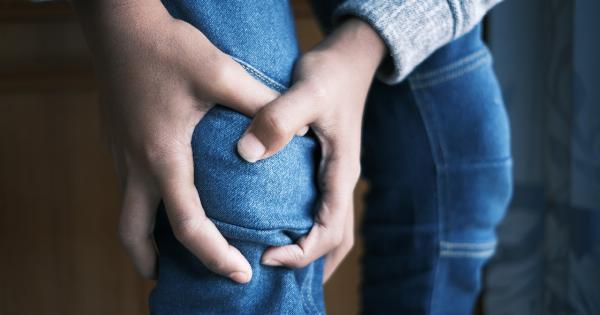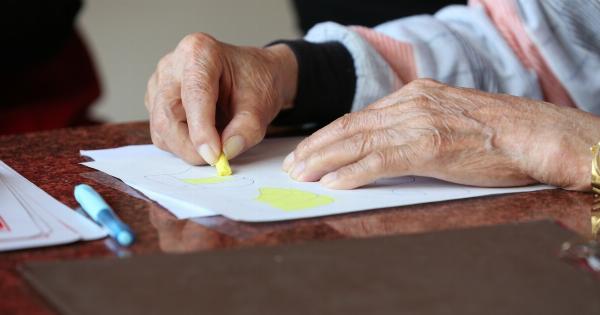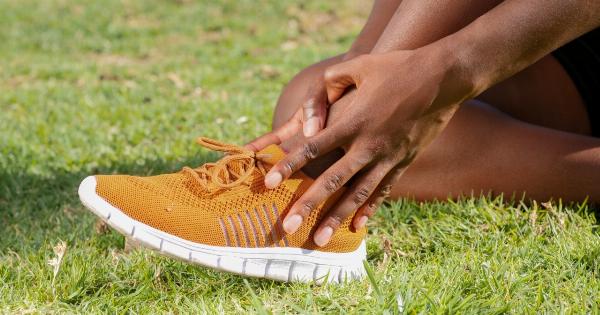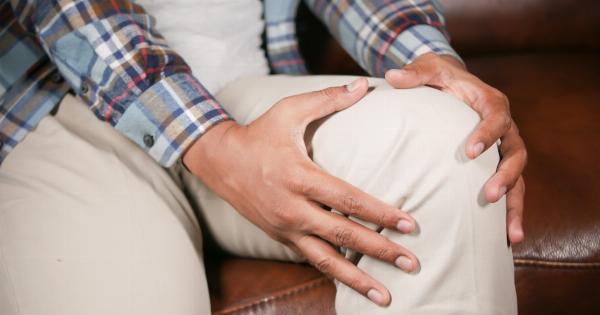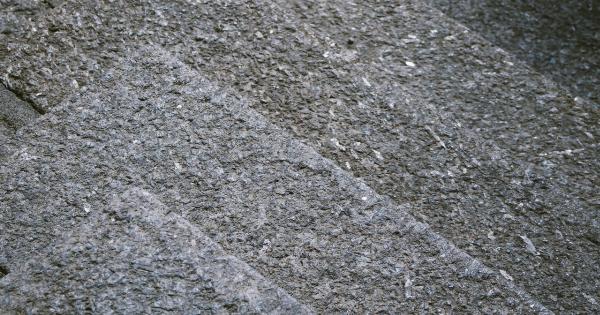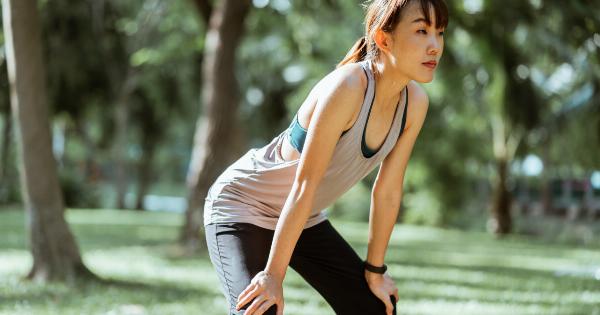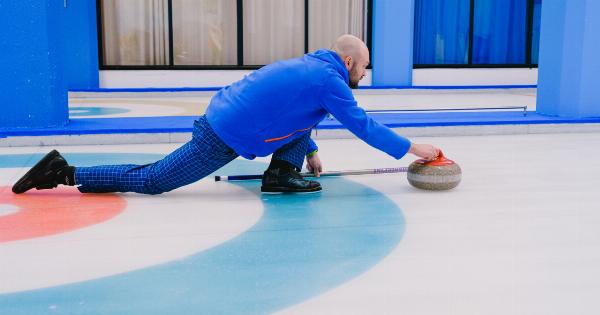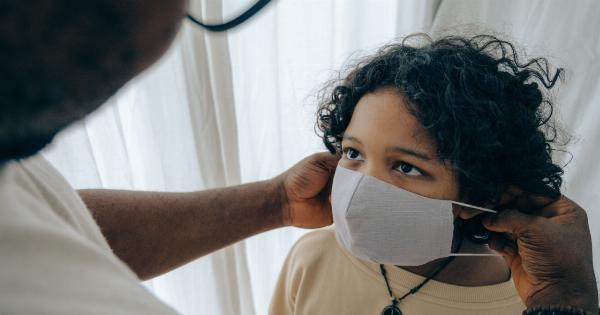Knee arthritis is a common condition that affects millions of people worldwide. It is a degenerative joint disease that causes pain, stiffness, and inflammation in the knees.
In this article, we will delve deeper into the causes, symptoms, and treatment options for knee arthritis, as well as provide some tips for finding relief.
Symptoms of Knee Arthritis
The symptoms of knee arthritis can vary from person to person, but the most common ones include:.
1. Pain: Patients with knee arthritis often experience pain in the affected knee. It can range from mild discomfort to severe pain that hampers daily activities.
2. Stiffness: The knee joints may feel stiff, especially after periods of inactivity or in the morning.
3. Swelling: Inflammation of the knee joint can cause swelling, making it difficult to bend or straighten the leg.
4. Limited Range of Motion: As the arthritis progresses, the range of motion in the knee joint decreases, making it challenging to perform certain movements.
5. Joint Deformities: In severe cases, knee arthritis can lead to joint deformities, such as bowing or bending of the legs.
Causes and Risk Factors
The primary cause of knee arthritis is the gradual breakdown of cartilage in the knee joint. Cartilage is a firm, rubbery tissue that acts as a protective cushion between the bones, allowing smooth movement of the joint.
Over time, the cartilage wears away, causing the bones to rub against each other, leading to pain and inflammation.
Several factors can increase the risk of developing knee arthritis:.
1. Age: The risk of knee arthritis increases with age, as the cartilage naturally wears down over time.
2. Gender: Women are more likely to develop knee arthritis compared to men.
3. Obesity: Excess weight puts additional stress on the knee joints, increasing the likelihood of developing arthritis.
4. Previous Knee Injuries: Individuals who have previously injured their knees, such as athletes or those with past accidents, may be at a higher risk of developing arthritis.
5. Genetics: Some individuals have a genetic predisposition to developing knee arthritis.
Treatment Options
While knee arthritis is a chronic condition that cannot be cured, there are several treatment options available to manage the symptoms and improve quality of life:.
1. Medications: Over-the-counter pain relievers such as acetaminophen or nonsteroidal anti-inflammatory drugs (NSAIDs) can help alleviate pain and reduce inflammation.
2. Physical Therapy: Working with a physical therapist can help strengthen the muscles surrounding the knee joint, improve flexibility, and reduce pain.
3. Assistive Devices: Using assistive devices such as knee braces, crutches, or orthotic shoe inserts can provide support to the knee joint and relieve pressure.
4. Injections: Corticosteroid injections directly into the knee joint can provide temporary relief from pain and inflammation.
5. Surgery: In severe cases where conservative treatments fail to give adequate relief, surgical options like knee replacement surgery may be recommended.
Self-Help Tips for Finding Relief
In addition to the above treatment options, there are various self-help measures you can take to find relief from knee arthritis:.
1. Maintain a Healthy Weight: Losing excess weight can significantly reduce the stress on your knee joints and alleviate pain.
2. Exercise Regularly: Engaging in low-impact exercises such as swimming or cycling can strengthen the muscles surrounding the knee joint without putting excessive strain on it.
3. Apply Heat or Cold: Applying a heating pad or ice pack to the affected knee can help reduce pain and inflammation.
4. Use Assistive Devices: Consider using assistive devices, like a cane or a walker, to reduce the pressure on your knee joints while walking or standing for extended periods.
5. Avoid High-Impact Activities: Activities that involve jumping, running, or sudden changes in direction can exacerbate knee pain. Opt for low-impact exercises instead.
Conclusion
Knee arthritis is a chronic condition that can significantly impact an individual’s quality of life.
While it cannot be cured, various treatment options, including medication, physical therapy, and assistive devices, can effectively manage the symptoms. In addition, making lifestyle changes, such as maintaining a healthy weight and exercising regularly, can provide relief from pain and improve overall knee joint function.
Remember, it is essential to consult with a healthcare professional to develop a personalized treatment plan that suits your specific needs and medical history.




